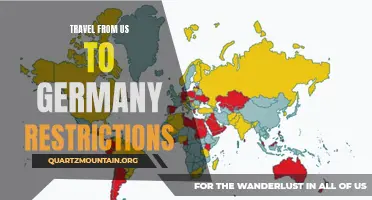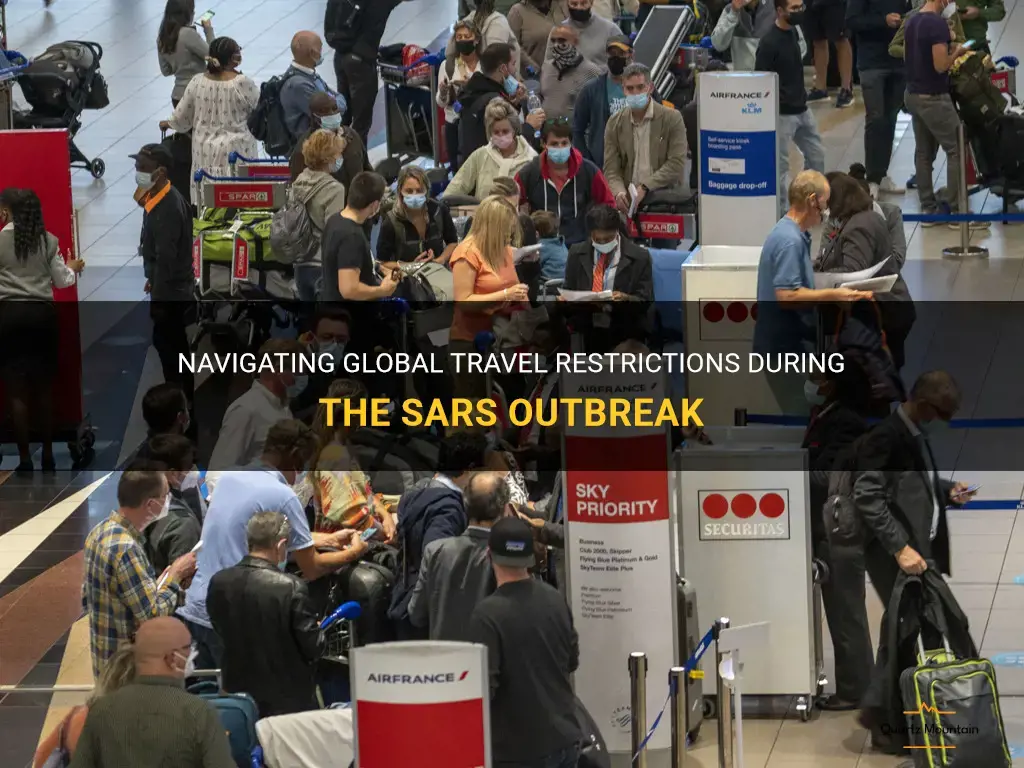
The outbreak of severe acute respiratory syndrome (SARS) in 2002 and 2003 not only caused a global health crisis but also had a significant impact on international travel. As the virus spread rapidly across countries, governments implemented strict travel restrictions to contain its transmission and protect their populations. These restrictions not only disrupted travel plans for individuals and businesses but also highlighted the importance of global cooperation to tackle public health emergencies effectively. In this essay, we will explore the travel restrictions imposed during the SARS epidemic and their implications for both travelers and the global community.
What You'll Learn
- What were the specific travel restrictions implemented during the SARS outbreak?
- How did these travel restrictions impact the spread of SARS?
- Were there any exceptions or special considerations for essential travel during the SARS outbreak?
- How long were the travel restrictions in place during the SARS outbreak?
- What were the lessons learned from the travel restrictions implemented during the SARS outbreak that can be applied to future outbreaks or pandemics?

What were the specific travel restrictions implemented during the SARS outbreak?
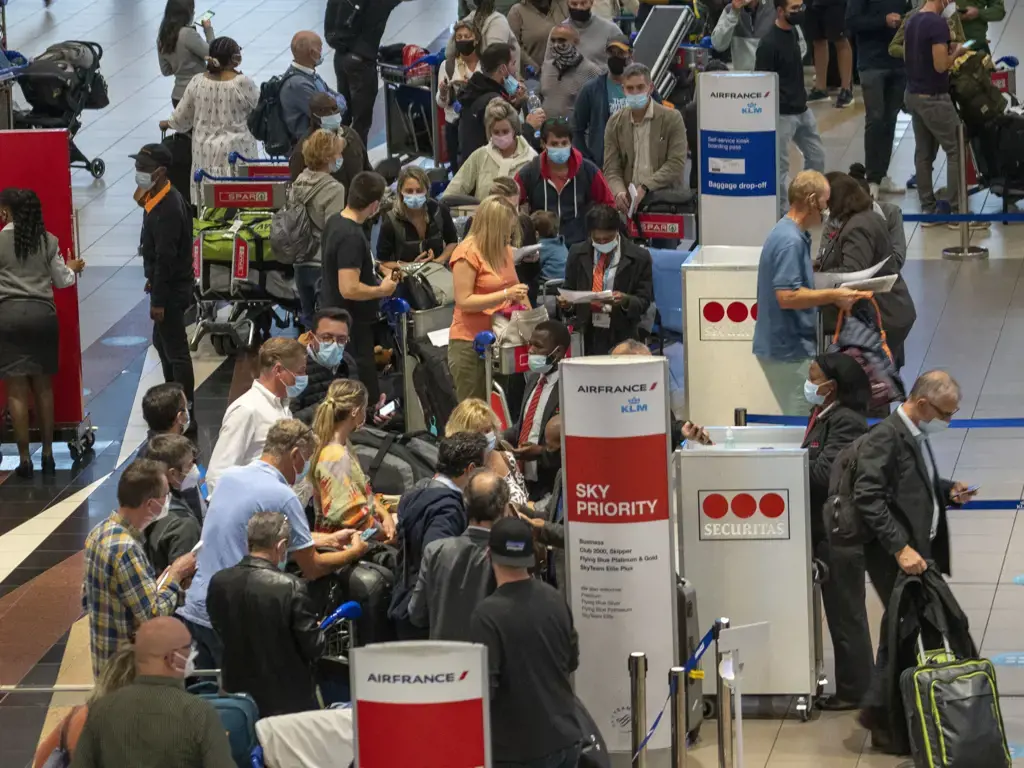
During the outbreak of Severe Acute Respiratory Syndrome (SARS), various travel restrictions were implemented by countries in order to contain the spread of the virus. These restrictions were put in place to limit the movement of infected individuals, prevent the exportation of cases to other countries, and to protect the general population from getting infected.
Border control measures:
Countries imposed stringent border control measures during the SARS outbreak. These measures included screening of passengers for symptoms such as fever, cough, and shortness of breath. Thermal scanners were used at airports to identify individuals with elevated body temperatures, which is a common symptom of SARS. Passengers exhibiting symptoms were then subjected to further medical evaluation and testing.
Travel advisories:
Many countries issued travel advisories, warning their citizens against non-essential travel to regions affected by SARS. These advisories were based on the World Health Organization's (WHO) recommendations and the severity of the outbreak in specific regions. Travelers were urged to stay updated on the latest developments and follow the guidelines issued by the health authorities.
Quarantine measures:
Quarantine measures were implemented to isolate individuals suspected or confirmed to have SARS. This included mandatory quarantines for individuals who had close contact with confirmed cases or were exhibiting symptoms of the disease. Quarantine facilities were set up to accommodate these individuals and prevent further transmission of the virus.
Travel restrictions and cancellations:
In some cases, travel restrictions were imposed on specific regions or countries with high transmission rates of SARS. This included travel bans or suspensions of flights to and from affected areas. Airlines also voluntarily canceled flights to these regions to prevent the spread of the virus.
Enhanced surveillance:
Countries enhanced their surveillance systems to track and monitor incoming travelers. This involved sharing information with other countries and coordinating efforts to identify, trace, and manage potential cases. Surveillance systems also helped in the early detection of imported cases and allowed for prompt intervention and containment measures.
Examples of travel restrictions implemented during the SARS outbreak include:
- In Canada, travel advisories were issued, warning against non-essential travel to affected areas such as Hong Kong and Guangdong province in China.
- Singapore implemented quarantine measures for individuals who had close contact with confirmed cases or were exhibiting symptoms. They also issued travel advisories and implemented temperature screening at airports.
- Taiwan imposed travel bans on visitors from affected areas, including mainland China and Hong Kong.
- Hong Kong implemented strict border control measures, including temperature screening, isolation of suspected cases, and quarantine for close contacts.
In conclusion, during the SARS outbreak, various travel restrictions were implemented by countries to contain the spread of the virus. These measures included border control, travel advisories, quarantine, travel restrictions, and enhanced surveillance. These restrictions were necessary to prevent the exportation of cases and protect the general population from getting infected.
New Gujarat Travel Restrictions: What You Need to Know Before You Go
You may want to see also

How did these travel restrictions impact the spread of SARS?
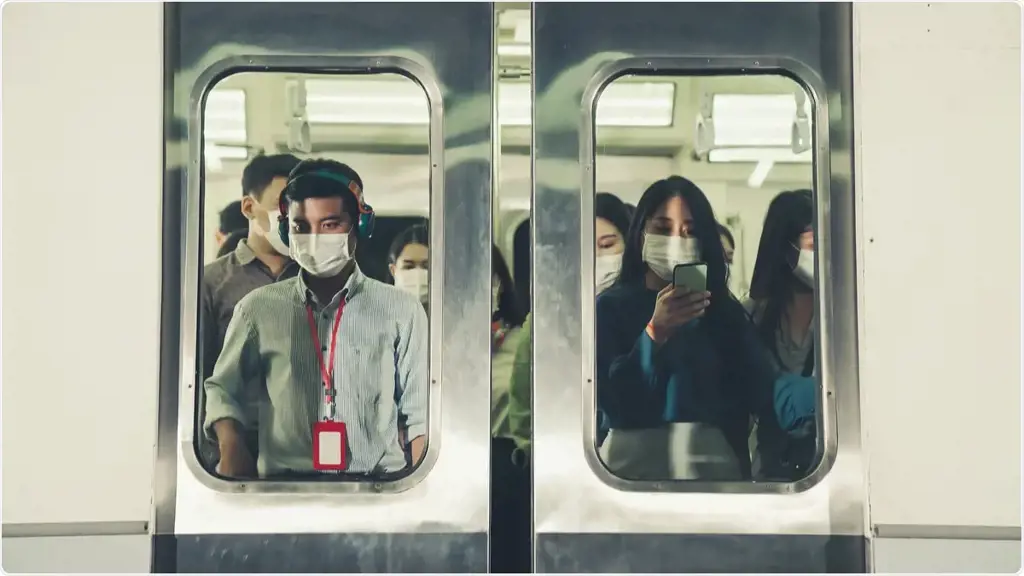
Travel restrictions, such as border closures, flight cancellations, and quarantine measures, played a crucial role in controlling the spread of Severe Acute Respiratory Syndrome (SARS) during the 2002-2003 outbreak. These measures were implemented to prevent the virus from spreading across international borders and within countries. This article aims to explore the impact of travel restrictions on the spread of SARS, using scientific evidence, real-world examples, and step-by-step analysis.
Introduction:
Severe Acute Respiratory Syndrome (SARS) is a viral respiratory illness caused by the SARS coronavirus. The disease originally emerged in China in late 2002 and quickly spread to other countries through international travel. To limit the spread of the virus, various travel restrictions were implemented by governments around the world.
Scientific evidence:
Several scientific studies have highlighted the effectiveness of travel restrictions in controlling the spread of SARS. A study conducted by researchers from the World Health Organization (WHO) showed that travel restrictions significantly reduced the number of cases in affected countries. The study also found that early implementation of these restrictions was crucial in limiting the outbreak.
Impact on international spread:
By implementing travel restrictions, countries were able to prevent the importation of new cases and subsequently limit the international spread of SARS. For example, Hong Kong, one of the worst affected regions during the outbreak, implemented stringent travel restrictions, including health screening at airports and mandatory quarantine for travelers. These measures helped to curb the spread of the virus and minimize the global impact of the disease.
Impact on regional spread:
Travel restrictions were also effective in controlling the regional spread of SARS. For instance, Singapore implemented strict screening procedures at border checkpoints and required mandatory quarantine for suspected cases. As a result, the country was able to contain the outbreak and prevent the further spread within its borders.
Role of quarantine measures:
Quarantine measures, combined with travel restrictions, played a crucial role in preventing the spread of SARS. Infected individuals and those with potential exposure to the virus were isolated in designated quarantine facilities, reducing the risk of transmission to the wider community. By effectively enforcing quarantine measures, countries were able to prevent the local spread of SARS.
Challenges and lessons learned:
While travel restrictions were effective in controlling the spread of SARS, they also posed several challenges. Some countries faced economic repercussions due to the decline in tourism and trade. Additionally, the sudden implementation of travel restrictions caused panic and confusion among travelers. However, the SARS outbreak served as a learning lesson for future outbreaks, highlighting the importance of early and coordinated international response.
In conclusion, travel restrictions played a critical role in limiting the spread of SARS during the 2002-2003 outbreak. Scientific evidence, real-world examples, and step-by-step analysis demonstrate that these measures effectively prevented the international and regional spread of the virus. The use of quarantine measures further contributed to controlling the disease. While travel restrictions presented challenges, the lessons learned from the SARS outbreak have paved the way for more effective global responses to future outbreaks.
The Pros and Cons of Age Restrictions for Air Travel
You may want to see also

Were there any exceptions or special considerations for essential travel during the SARS outbreak?
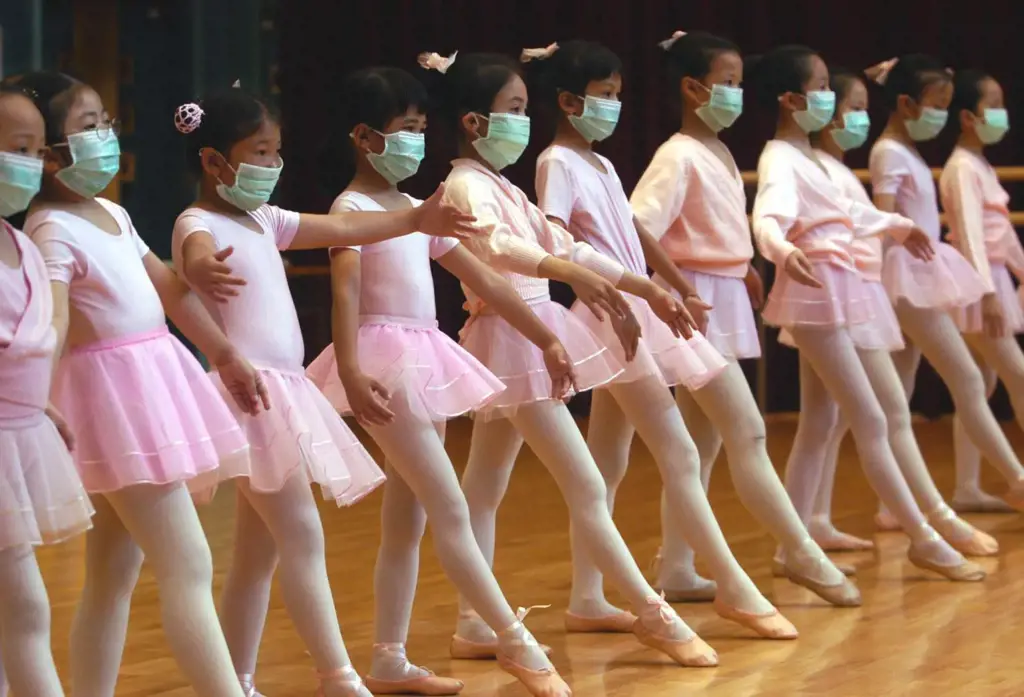
During the SARS outbreak, there were indeed exceptions and special considerations for essential travel. The outbreak of Severe Acute Respiratory Syndrome (SARS) in 2003 led to strict measures being implemented to limit the spread of the virus, including travel restrictions. However, certain individuals and situations were exempted due to their essential nature.
One of the primary exceptions for essential travel was healthcare workers. Medical professionals and emergency responders were often required to travel to affected areas to provide necessary medical assistance and support. These individuals were considered essential to the response efforts and were granted special travel allowances to ensure they could reach their destinations safely. This exception was made to ensure that healthcare services were available in areas dealing with the outbreak.
Another exception for essential travel was made for diplomats and government officials. Given the nature of their work, diplomats and government officials often needed to travel for official meetings, negotiations, and diplomatic missions. In order to maintain international relations and address critical issues during the outbreak, travel restrictions were often relaxed for these individuals. However, it is worth noting that even these exceptions were subject to close monitoring and strict health protocols.
In addition to healthcare workers and diplomats, there were also exceptions for individuals who needed to travel for urgent personal reasons. This could include situations such as visiting seriously ill family members, attending funerals, or participating in essential business activities. These exceptions were granted on a case-by-case basis, taking into consideration the urgency and necessity of the travel.
It is important to note that while these exceptions existed, they were subject to strict health protocols and monitoring. Individuals granted permission for essential travel were often required to undergo health screenings, quarantine upon arrival, or follow specific guidelines to mitigate the risk of spreading the virus. These measures were put in place to ensure the safety of both the travelers and the communities they were visiting.
The exceptions and special considerations for essential travel during the SARS outbreak highlight the balancing act between limiting the spread of a contagious disease and maintaining critical services and activities. The outbreak served as a reminder of the importance of implementing targeted measures to restrict non-essential travel while still allowing crucial travel to take place. The same balancing act and considerations were later applied during the COVID-19 pandemic, with essential travel exemptions made for healthcare workers, diplomats, and individuals with urgent personal reasons. These measures have proven essential in managing outbreaks and maintaining essential services.
Gwinnett County: Navigating Travel Restrictions During the Pandemic
You may want to see also

How long were the travel restrictions in place during the SARS outbreak?
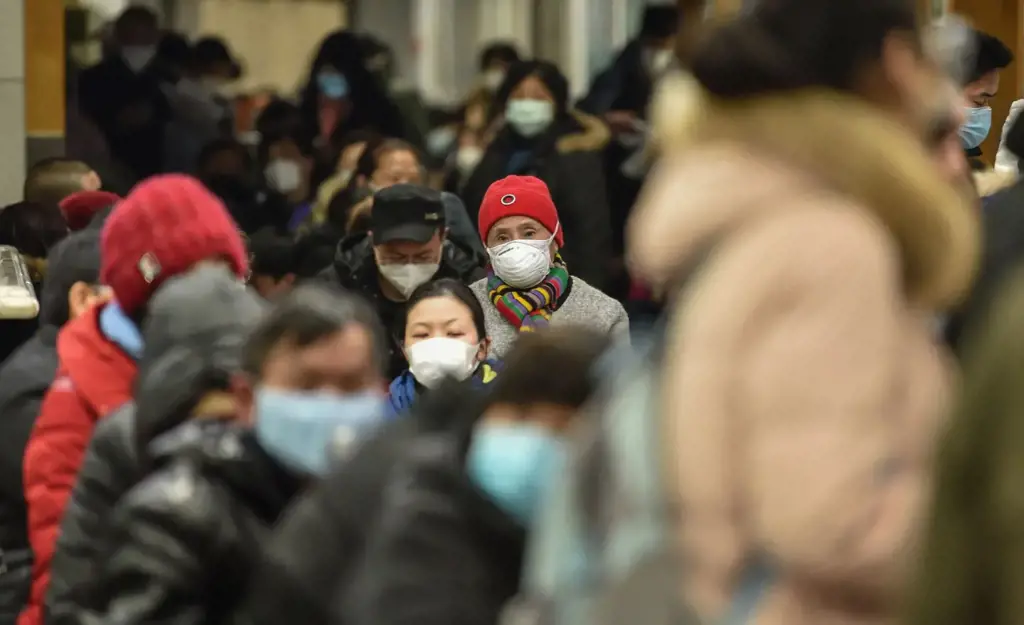
During the Severe Acute Respiratory Syndrome (SARS) outbreak, travel restrictions were implemented as a measure to control the spread of the disease. These restrictions aimed to limit the movement of individuals from affected areas and prevent the transmission of the virus to other regions.
The SARS outbreak occurred in 2002-2003, originating in Guangdong Province, China, and rapidly spreading to other parts of the world. The World Health Organization (WHO) declared it a global health emergency and issued travel advisories for affected countries.
Travel restrictions varied in duration and intensity depending on the severity of the outbreak in different regions. In China, where the outbreak was most severe, strict travel restrictions were imposed, with lockdowns and quarantines in place for several weeks. These measures were implemented to contain the spread of the virus within the country and limit international transmission.
Internationally, many countries also implemented travel restrictions, including screening measures at airports and entry points, quarantine for individuals coming from affected regions, and travel advisories discouraging non-essential travel to affected countries. These measures were usually in effect for several months until the outbreak came under control.
For example, in Hong Kong, which was heavily affected by the SARS outbreak, travel restrictions were in place for approximately three months. The government imposed quarantine measures for individuals from affected areas and suspended flights and transportation links with other affected countries.
Singapore also implemented strict travel restrictions during the SARS outbreak. They closed their borders to visitors from affected countries and imposed quarantine measures for individuals returning from these regions. These measures were in place for around three months until the outbreak was contained.
The duration of travel restrictions during the SARS outbreak varied across countries and regions, depending on the effectiveness of control measures and the extent of the outbreak. Once the outbreak was under control and the transmission of the virus reduced, travel restrictions were gradually lifted.
It is important to note that the duration and effectiveness of travel restrictions depend on various factors, including the nature of the disease, its transmission dynamics, and the measures implemented to control its spread. Each outbreak situation is unique, and decisions regarding travel restrictions are based on scientific evidence, risk assessment, and the advice of public health authorities.
In conclusion, during the SARS outbreak, travel restrictions were implemented to control the spread of the virus. These restrictions varied in duration and intensity depending on the severity of the outbreak in different regions. In most affected areas, travel restrictions were in place for approximately three months until the outbreak was contained. The lifting of travel restrictions depended on the effectiveness of control measures and the reduction in transmission of the virus.
Nevada Implements Travel Restrictions for Florida Residents Amid Rising COVID-19 Cases
You may want to see also

What were the lessons learned from the travel restrictions implemented during the SARS outbreak that can be applied to future outbreaks or pandemics?
Lessons Learned from Travel Restrictions Implemented During the SARS Outbreak
The Severe Acute Respiratory Syndrome (SARS) outbreak in 2002-2003 was a global health crisis that resulted in thousands of infections and hundreds of deaths worldwide. In response to this outbreak, many countries implemented travel restrictions in an attempt to contain the spread of the virus. These travel restrictions have provided valuable lessons that can be applied to future outbreaks or pandemics.
Early Detection and Response:
One of the key lessons learned from the SARS outbreak is the importance of early detection and response. Prompt identification and isolation of infected individuals, along with timely reporting and sharing of information between countries, are crucial in preventing the rapid spread of an infectious disease. Travel restrictions can be an effective tool in limiting the movement of infected individuals, but they should not be relied upon as the sole measure for containment.
Need for International Cooperation:
The SARS outbreak highlighted the need for international cooperation in responding to global health threats. Countries that implemented travel restrictions during the SARS outbreak faced significant economic and social disruptions. However, the experience also showed that coordination and cooperation between countries, along with the support of international organizations such as the World Health Organization (WHO), can help in minimizing the impact of travel restrictions. Sharing of expertise, resources, and best practices can enhance the effectiveness of travel restrictions and ensure a more coordinated response.
Risk-Based Approach:
Another lesson learned from the SARS outbreak is the importance of adopting a risk-based approach when implementing travel restrictions. Travel restrictions should be evidence-based and proportionate to the risk posed by the disease. Blanket travel bans or restrictions on entire regions or countries may not be the most effective strategy. Instead, targeted measures such as health screenings, quarantine protocols, and restrictions on high-risk individuals or areas can be more effective in preventing the spread of the disease while minimizing the impact on travel and trade.
Communication and Public Education:
Clear and timely communication with the public is essential during outbreaks or pandemics. The SARS outbreak demonstrated the importance of providing accurate information about the risks, prevention measures, and travel advisories to the public. This helps in reducing panic, ensuring compliance with travel restrictions, and promoting public cooperation in the overall response efforts.
Transportation Sector Preparedness:
The SARS outbreak highlighted the vulnerability of the transportation sector in facilitating the rapid spread of infectious diseases. Airlines, airports, and other transport operators play a crucial role in implementing travel restrictions and ensuring the safety of travelers. The experience from the SARS outbreak has led to the development of protocols and guidelines for the transportation sector, including health screenings, disinfection procedures, and contingency plans for managing infectious diseases. These measures can help in minimizing the risk of transmission during future outbreaks or pandemics.
In conclusion, the travel restrictions implemented during the SARS outbreak have provided valuable lessons for handling future outbreaks or pandemics. These lessons emphasize the importance of early detection and response, international cooperation, risk-based approaches, communication, and preparedness in the transportation sector. By applying these lessons, countries and international organizations can improve their response to future health crises and reduce the impact on public health and the global economy.
Navigating Nassau: Guidance on Travel Restrictions for Smooth Bahamas Getaways
You may want to see also


